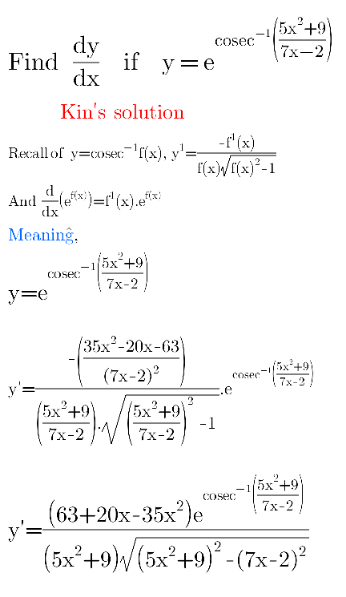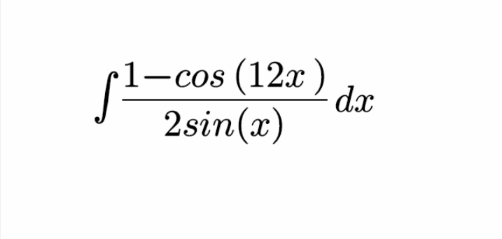
AllQuestion and Answers: Page 723
Question Number 146632 Answers: 0 Comments: 0

Question Number 146622 Answers: 1 Comments: 1
Question Number 146621 Answers: 2 Comments: 0
Question Number 146619 Answers: 1 Comments: 0
Question Number 146614 Answers: 0 Comments: 0
Question Number 146613 Answers: 1 Comments: 0

Question Number 146611 Answers: 1 Comments: 0
Question Number 146610 Answers: 1 Comments: 0
Question Number 146608 Answers: 1 Comments: 0
Question Number 146606 Answers: 1 Comments: 0

Question Number 146602 Answers: 1 Comments: 0

Question Number 146599 Answers: 0 Comments: 1
Question Number 146597 Answers: 5 Comments: 0
Question Number 146592 Answers: 0 Comments: 0
$${By}\:{hydrolysis}\:{of}\:{Grinyard}\:{reagent}\:{prepare}\:{butan}\:? \\ $$
Question Number 146590 Answers: 1 Comments: 1

Question Number 146589 Answers: 1 Comments: 0
Question Number 146587 Answers: 0 Comments: 0
Question Number 146586 Answers: 0 Comments: 1

Question Number 146584 Answers: 0 Comments: 0
Question Number 146582 Answers: 1 Comments: 0
Question Number 146577 Answers: 2 Comments: 1

Question Number 146559 Answers: 2 Comments: 0
Question Number 146550 Answers: 0 Comments: 0
Question Number 146549 Answers: 2 Comments: 0
Question Number 146548 Answers: 2 Comments: 0
Question Number 146547 Answers: 3 Comments: 0
Pg 718 Pg 719 Pg 720 Pg 721 Pg 722 Pg 723 Pg 724 Pg 725 Pg 726 Pg 727
